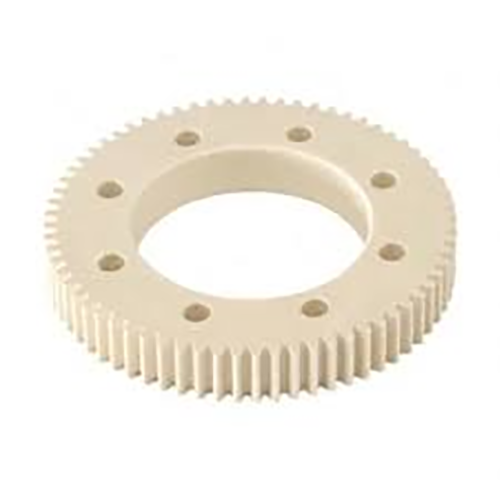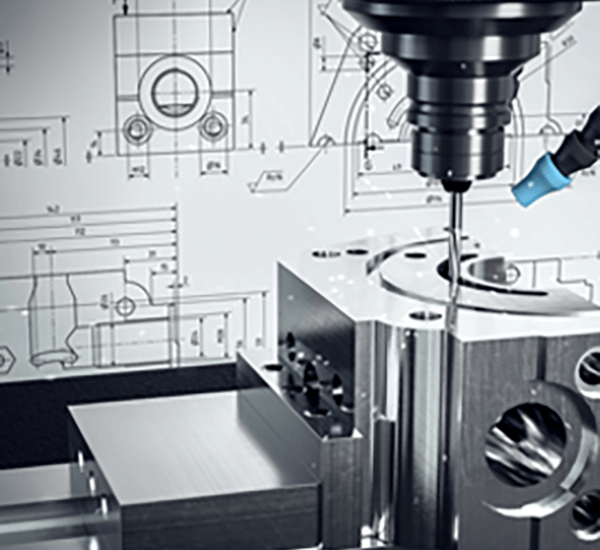
Producing the required exterior polish for a processed workpiece stands as fundamental.
- Engineering annotations specify detailed surface expectations for components
- These callouts often use terms like "Ra," which stands for arithmetic mean deviation to quantify the surface roughness
- Interpreting finish callouts is necessary to guarantee parts satisfy functional criteria
- Defined surface quality influences lubricant retention, coefficient of friction, and wear resistance
- Careful reading of finish callouts enables achieving the planned outcome
Understanding Precision Engineering in CNC Machining

CNC machining represents a game-changing method in production with programmed toolpaths the apparatus generates complex components precisely.
- CNC systems permit manufacture of precise components from diverse substrates
- Multifaceted CNC utility supports electronics, automotive, and aerospace production
- Numerical control systems guarantee repeatable accuracy between batches
Across prototyping through full-scale production CNC machining serves as a cornerstone in contemporary manufacturing
Reading CNC Machine Specs
Parsing spec sheets may feel challenging at initial inspection
Still a modest foundation of know-how combined with structure allows navigating specs
Commence with recognizing main metrics: spindle rpm, feed, precision, work volume, control system
Every spec plays a role in determining machine performance.
Example: increased spindle revolutions aid soft materials; accelerated feed raises production.
Appreciating such links enables selection of equipment fit for your objectives
Don’t forget to review maker-supplied manuals carefully.
Those resources usually offer helpful explanations and clarify jargon
Complete Overview of CNC Equipment
Automated CNC platforms are computer-commanded systems for precision manufacturing of multiple materials They operate by interpreting digital instructions called G-code to control cutting tools or other actuators.
- Common CNC classes include milling machines, turning lathes, routing systems, plasma cutters
- Production processes accommodate metal alloys, plastics, woods, and composite materials
- Additionally CNC gear supports fast prototyping and limited production for entrepreneurs and institutes
Fundamental CNC Machine Concepts
They illustrate synthesis of mechanical precision and computerized control logic Flexible equipment harnesses software instructions to automatically fabricate basic components and intricate assemblies Underlying principle converts virtual designs into actual manufactured items.
- Programmed machining process
- Programmed manufacturing process
This process involves a series of precise movements guided by the computer program Operators play a crucial role in selecting the appropriate cutting parameters monitoring the operation and ensuring the quality of the final product.
Influence of Finish on CNC Operations
Realizing specified surface quality in machining is vital It modifies operational efficiency and cosmetic finish The type of material being machined the cutting parameters used and the post-processing operations all contribute to the achieved surface texture.
Fine finishes raise resilience whereas rough profiles can restrict performance Automated machining presents a spectrum of techniques and tools to accomplish desired finishes.
- Consider using alternative cutting shapes |carbide alloys|feed and speed combinations to realize required texture
- In addition buffing, grinding, and sanding may be applied to upgrade finishes
Understanding parameter influences helps attain the desired surface quality.
CNC Overview: From Use to Application
CNC machining is a precise method of manufacturing that employs computer-controlled machinery to shape parts from various materials They apply digital directives to fabricate detailed geometries consistently Basic knowledge of machine operation, G-code, and tooling selection plays a vital role in success
Sectors served include aerospace, automotive, manufacturing, medical, and electronics fields From engine components to precision tooling, CNC enables production of sophisticated geometries
Surface Finish Standards for CNC Machining
Exact finish callout is important for CNC component manufacturing It makes sure the product satisfies function and aesthetic demands Drawings usually depict finish requirements with Ra roughness values Reported in µm or inches, the metric indicates average irregularity magnitude.
Take into account target smoothness and how the part will be used when calling out finish

Typically smoother finishes are chosen where tight dimensional control and alignment matter
Textured surfaces may be selected to improve grip or frictional engagement
Include unambiguous roughness values in drawings to specify finish demands Document the Ra value and enumerate any extra finishing or treatment instructions.
Understand that effective surface annotations are critical to production success
CNC Machine Categories and Capabilities
The world of CNC machining is vast and diverse with a wide array of machines designed to tackle various types of tasks These versatile tools utilize computer-aided design (CAD) software to control cutting tools enabling precise and efficient fabrication of components.
- Drilling units excel at producing holes and axial features in parts
- Lathe machines operate on a rotating axis ideal for producing symmetrical parts with smooth surfaces
- Plasma machines slice thick steel and ferrous metals rapidly using plasma arcs
Pick machines based on material compatibility, feature detail, and dimensional demands Distinctive CNC features make these machines indispensable across multiple industries.
Securing Optimal Finish Using CNC Machining
Achieving a superior surface finish is crucial in numerous manufacturing processes and CNC machining offers an exceptional method for achieving this goal By adjusting feed, rpm, and cutter geometry skilled staff shape chip flow and surface formation for better finishes Besides that quality tooling combined with good lubrication practices leads to improved surface results Strategic toolpath planning and precise machine adjustments result in superior finish quality.
Securing Surface Finish Through CNC Programming
Controlling finish within programming is key to obtaining target surface results The chosen machining parameters including feed rate spindle speed and cutting tool geometry exert a significant influence on the final surface texture Conscientious parameter tuning with sound coolant strategy produces excellent surface quality.
- Continuous tool maintenance and oversight preserve high finish consistency Continuous tool maintenance and oversight preserve high finish consistency Besides that systematic tool upkeep and monitoring ensure sustained surface what is a cnc machine quality
- For ideal finishes weigh material choice, roughness spec and usage demands
- Toolpath simulation enables testing parameter impacts to cut down surface errors
- Besides that systematic tool upkeep and monitoring ensure sustained surface quality
